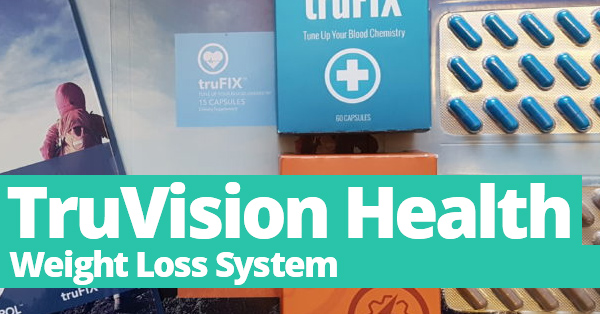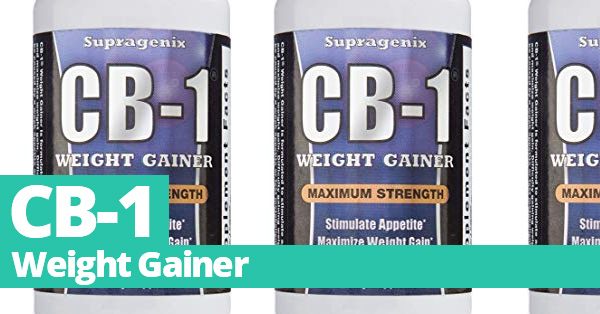Getting in shape doesn’t have to feel like a punishment. In fact, it can be downright fun! Imagine trading in those couch potato days for a life filled with energy, confidence, and maybe even a little sweat—minus the tears. Whether it’s dancing like no one’s watching or discovering the joy of lifting weights, the best way to get in shape is all about finding what makes you tick.
Best Way to Get in Shape
Fitness goals provide direction and motivation for a healthy lifestyle. A clear understanding of these goals enhances the journey toward getting in shape.Setting Realistic Objectives
Realistic objectives create a solid foundation for fitness success. Individuals gain clarity when they define specific, measurable, achievable, relevant, and time-bound (SMART) goals. For instance, instead of aiming for broad objectives like losing weight, focusing on a target of 5 pounds in a month offers a clearer path. Prioritize enjoyment in activities like dancing or cycling, which sustain motivation. Adjusting objectives along the way helps individuals stay engaged and invested. Recognizing personal limits can make the process more enjoyable, leading to sustained commitment and gradual improvement.Measuring Progress
Measuring progress involves tracking achievements to enhance motivation and refine goals. Individuals can utilize tools like fitness apps or journals for documentation. Regularly checking in on measurements, such as weight, body composition, or endurance levels, reinforces accountability. For example, noting mile times improves running efficiency over time. Feedback from workouts or challenges helps individuals adjust their training plans. Engaging in weekly reflections encourages individuals to celebrate achievements, big or small. Acknowledging progress fosters a sense of accomplishment and promotes a positive mindset throughout the fitness journey.Nutrition and Diet

Importance of Balanced Meals
Balanced meals provide essential nutrients. Each meal should include macronutrients such as proteins, carbohydrates, and fats. For example, a plate might feature grilled chicken, quinoa, and vegetables. Proteins aid in muscle repair. Carbohydrates offer energy during workouts. Fats contribute to overall health and hormone regulation. Incorporating a variety of foods ensures the body receives necessary vitamins and minerals. Prioritizing whole foods, like fruits and vegetables, enhances nutrient intake. Meal planning helps maintain consistency, leading to sustainable progress in fitness.Supplements and Hydration
Hydration supports optimal performance during exercise. Drinking enough water influences energy levels and recovery. Supplements can also bridge nutrient gaps. Popular options include protein powders, omega-3 fatty acids, and multivitamins. Each serves different purposes; protein powders assist muscle growth, omega-3 fatty acids promote joint health, and multivitamins enhance overall wellness. Consultation with a healthcare professional aids in choosing the right supplements. Balancing nutrition with proper hydration optimizes fitness results. Paying attention to individual needs ensures a tailored approach to supplement use.Exercise Regimens
Exercise regimens play a pivotal role in getting in shape. Structured workouts contribute to building endurance, strength, and flexibility, making them essential for all fitness journeys.Cardiovascular Training
Cardiovascular training boosts heart health and improves stamina. Activities such as running, cycling, or swimming elevate the heart rate and burn calories effectively. Engaging in at least 150 minutes of moderate-intensity cardio weekly supports overall well-being. For instance, brisk walking for 30 minutes five days a week significantly enhances cardiovascular fitness. Utilizing intervals during sessions, like alternating between walking and jogging, can further maximize results and keep workouts interesting.Strength Training
Strength training builds muscle mass and enhances metabolism. Incorporating free weights, resistance bands, or bodyweight exercises promotes functional fitness. Individuals should aim for at least two strength sessions per week, targeting major muscle groups. For example, squats, deadlifts, and push-ups develop strength effectively. Consistency matters; varying the exercises to introduce new challenges maintains Engagement and encourages continuous progress.Flexibility and Mobility Workouts
Flexibility and mobility workouts improve overall movement quality. Practicing yoga or dynamic stretching enhances joint flexibility and reduces the risk of injury. Daily flexibility routines promote recovery and aid in muscle repair. Incorporating stretches targeting the major muscle groups can increase range of motion. Prioritizing these workouts benefits not just physical fitness but also mental well-being by promoting relaxation and mindfulness.Lifestyle Modifications
Lifestyle modifications play a crucial role in getting in shape. These changes enhance overall well-being while supporting fitness goals.Incorporating Activity in Daily Life
Integrating physical activity into daily routines boosts energy and burns calories. Choosing stairs over elevators promotes cardiovascular fitness. Walking or biking for short errands replaces car rides, encouraging active transportation. Engaging in household chores like gardening or cleaning can also satisfy daily movement requirements. Designing a schedule that includes short breaks for stretching or brisk walking maintains momentum throughout busy hours. Daily activity doesn’t require formal workouts; small adjustments accumulate to significant results.



